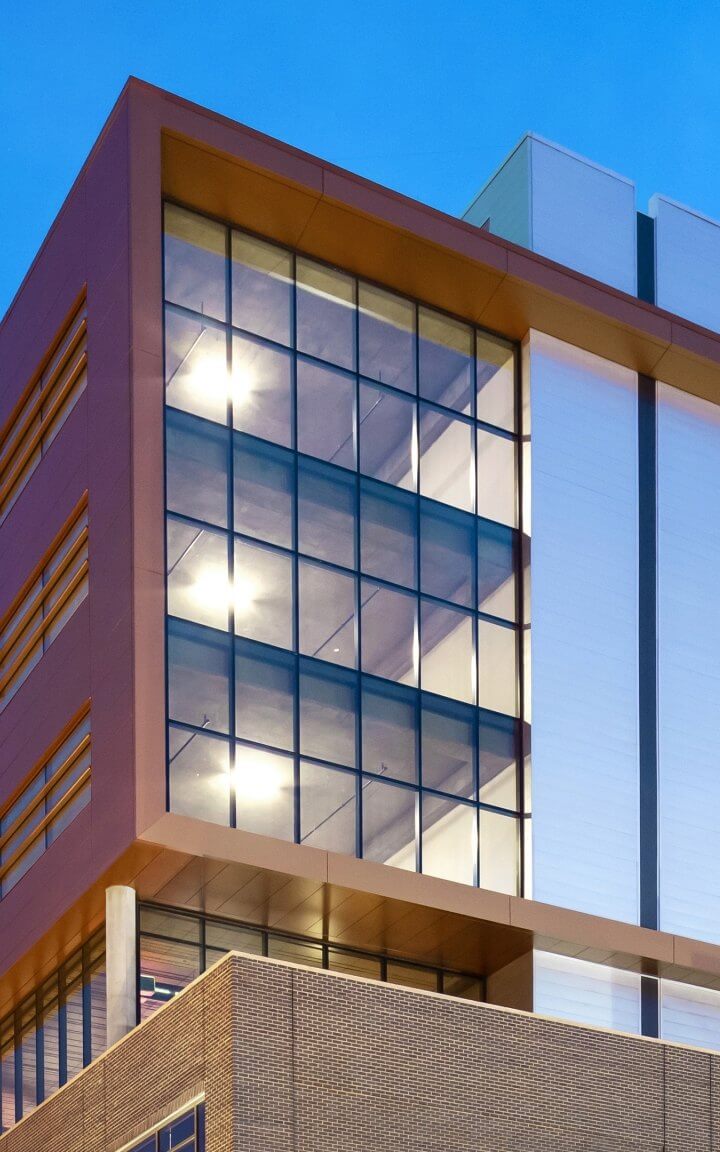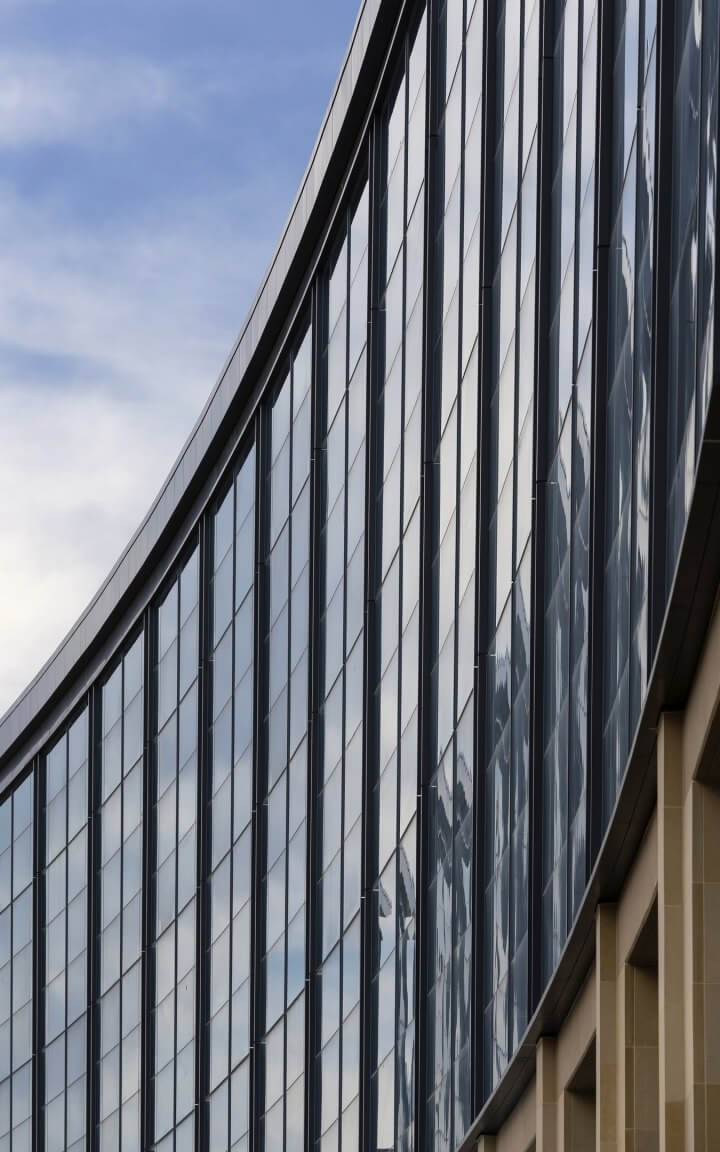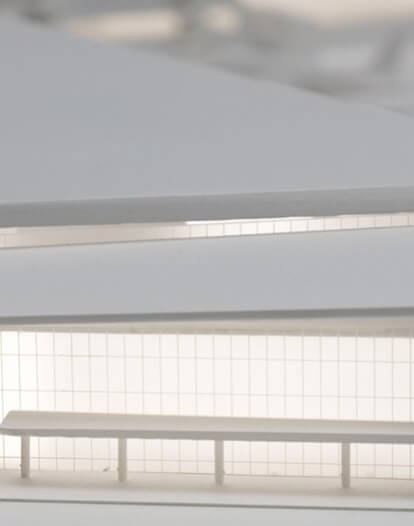Bisnow Chicago Architecture & Design Summit
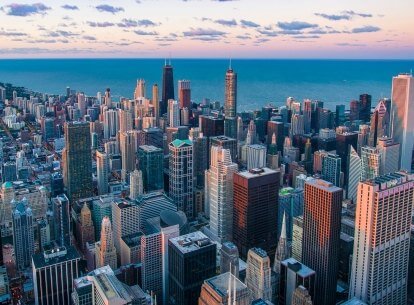
At Bisnow’s 2023 Chicago Architecture & Design Summit, the topic of the day was engagement. How can designers create engaging workplaces for a workforce that is reluctant to return to the office? How can they use data to shape their design around employee engagement? How can architects design private spaces that also engage the public?
Corgan’s interior design project manager Emily Frazer-Smith participated in the Designing for Chicago’s Future panel, which focused on the future of Chicago’s buildings as well as the challenges that designers face in creating spaces that provide interest, security, and wellness while also meeting city requirements and engaging the public to create lively neighborhoods. Panel members discussed the influence designers see from commercial real estate developers, hybrid work policies, and historic preservation guidelines.
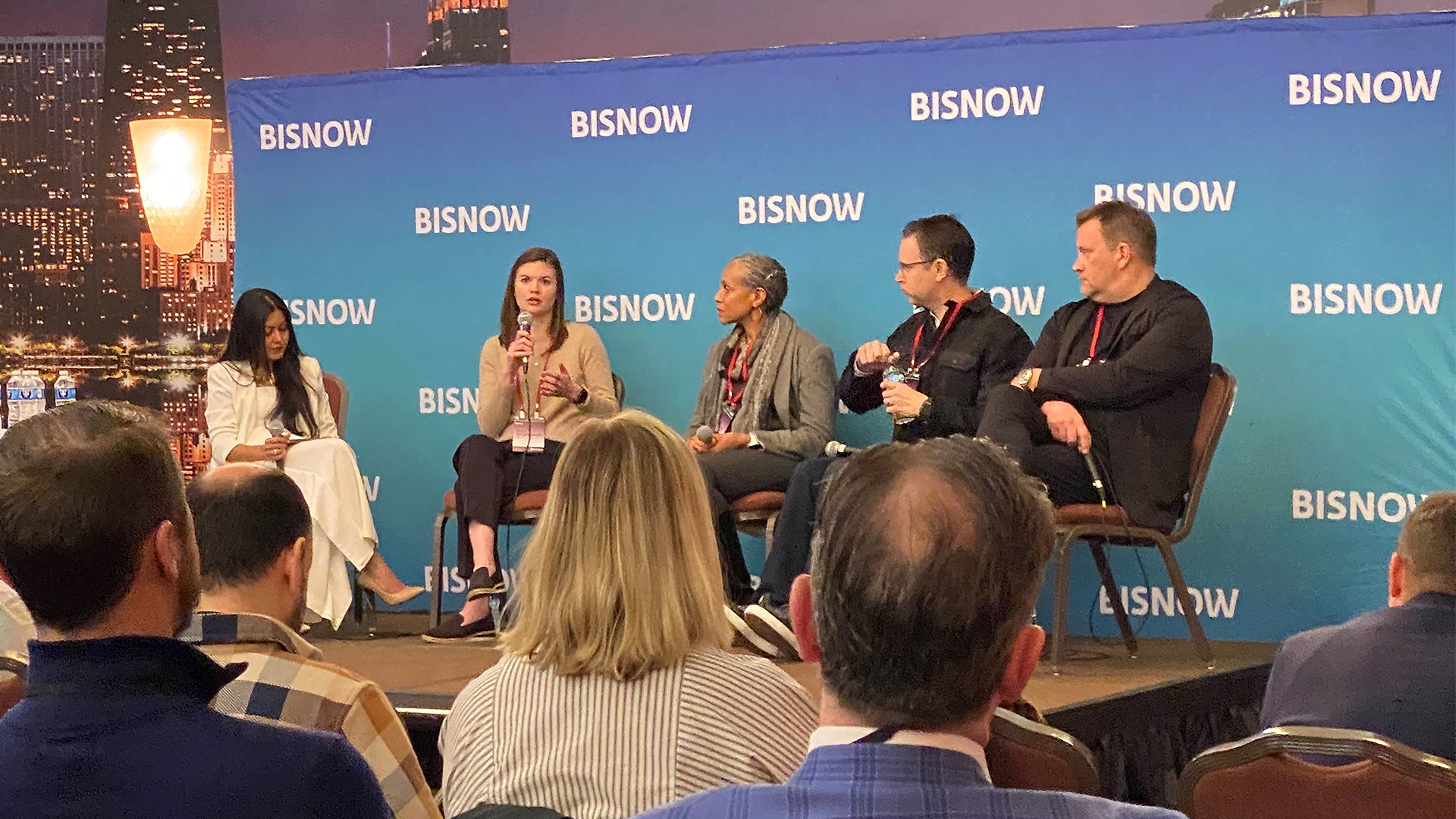
Change in Rhythm
The Chicago Loop was particularly impacted when remote work was suddenly the only option for most office workers. Foot traffic slowed. Popular coffee shops had open seats. Now that remote work is being moved back to hybrid or full-time in-person work, employers, developers, and designers are trying to figure out the best model to support the new era and rhythm of work. While office extras like snacks or happy hours have long been held as a favorite perk of coming back to the office, Emily pointed out that – coming out of a pandemic – workplaces need to provide peace of mind about safety if they are going to be successful. By adding enhanced air filtration, alert systems, and allowing people to work from home if they are under the weather, employers can help returning workers feel more comfortable in the office. Developers can also seek certifications to demonstrate to their tenants and visitors that they have gone the extra mile in providing the safety and prioritizing wellness so employees are at their best and can focus on the work at hand. For example, Corgan is assisting Granite Properties in getting Fitwel certifications for 20 of the buildings in their portfolio across the country, showing their commitment to healthy environments for end users.
Metrics for success
The panel also reviewed the metrics being used to evaluate the success of new design methodologies. In the context of workplace design, Emily shared that seat sensor technology can be used to help clients better allocate their space using data-driven design. By tracking what seats are used, designers can provide heads-down areas, small meeting areas, and conference rooms that best suit employees’ needs. Corgan applied this technology in the design for the new headquarters of a global financial institution: by letting the design of the workplace be determined by the workers, rather than forcing a one-size-fits all program, designers are able to create a more user-centric, intuitive experience. The result for the financial institution’s new office was a focus on community areas to provide space for employees to collaborate, improving transparency and trust, and largely unassigned workstations to encourage movement and interaction between groups.
Blurring the line between public and private
Creating spaces that serve clients’ needs while also engaging the public at the ground level was another topic of discussion. While this has been done very effectively in Chicago’s West Loop and Fulton Market neighborhoods, the high-rise filled, office-heavy loop hasn’t seen the same success. To get clients on-board with activating private areas for public use, Emily proposed reframing the way we think about the boundary between the two – bringing the public into areas like the Loop benefits retail and restaurants which in turn keeps those neighborhood amenities in business and accessible to employees. Drawing on the success of Harwood 14—a case study in Dallas on activating a neighborhood and streetscape—the building incorporates ground-level restaurants and an open, transparent atrium to blur the line between the private office building and the vibrant, walkable neighborhood surrounding it.
What’s next?
As Chicago looks toward the future of commercial architecture and design, it is clear that the old standard model won’t work. Prioritizing safety and wellness, focusing on user-centric programming, and incorporating individual buildings into their neighborhoods are key to meeting the needs (and wants) of the new hybrid workforce – and designers are ready to take on this new challenge with creative solutions.
